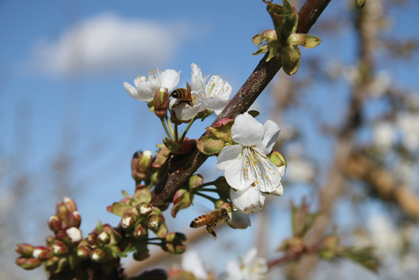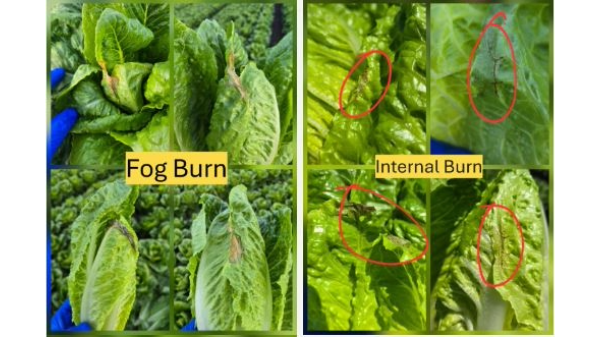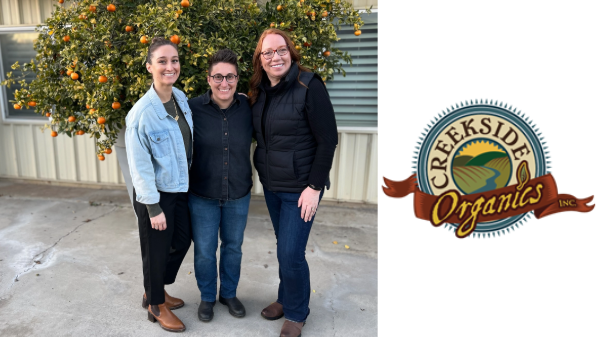Welcome to Blue Book!
Are you ready to join the thousands of companies who rely on Blue Book to drive smarter decisions? View our plans and get started today!
Still have questions? We’d love to show you what Blue Book can do for you. Drop us a line– we’ve been waiting for you.

California
The California Cherry Board states that the orchards of the San Joaquin and Santa Clara Valleys benefit from an ideal combination of nutrient-rich soil, abundant sunshine, and mild temperatures. California is home to approximately 600 cherry growers with over 26,000 acres. Although most orchards are 10 to 30 acres in size, acreage has increased with consumer demand, both domestically and in key export markets like Japan.
The cherry season starts in late April in Kern County and continues through June in the north near Stockton and Lodi. According to Flavor Tree’s Cameron, “An increased percentage of the California crop is switching from the northern part of the state south to Fresno and Bakersfield. The development of low-chill (needing fewer chilling hours to grow) varieties such as Brook, Tulare, Sequoia, Coral, and the Royal Lynn and Royal Tioga—have enabled successful cherry production in Kern and Fresno counties where previously they couldn’t set a crop.”
Eight main varieties are grown in California, primarily Brooks, Rainier, and Tulare in the south, and Bing, Coral Champagne, Garnet, Chelan, and Sequoia in the north. Reiman describes the ideal growing conditions for California cherries as “adequate cold over winter with the addition of water in early spring when trees are setting up,” with “not too much wind or rain at harvest. Rain in winter and early spring is better because it has more nitrogen.”
Cameron remarked about the number of new varieties available such as the proprietary Sequoia, which ships in late April, and Yosemite, in late May, in addition to the world famous Bings.
Oregon
In Oregon, cherries are grown throughout the Willamette Valley, with the majority of the state’s crop cultivated in the shadow of Mt. Hood overlooking the Columbia River. The mountain blocks most of the rain from the west, protecting the tender fruit from damage. The most widely grown varieties include Bing, Chelan, Rainier, Skeena, Sweetheart, and Tieton.
According to the Agri-Business Council of Oregon website, the state has increased sweet cherry acreage by 14 percent over the last decade, from 11,000 to 12,500 acres. The increased volume, however, does present marketing challenges. Sovereign Fruit’s Bailey says, “Recent crops have varied from 14 to 23.5 million boxes in Washington, Oregon, Idaho, Montana, and Utah.








